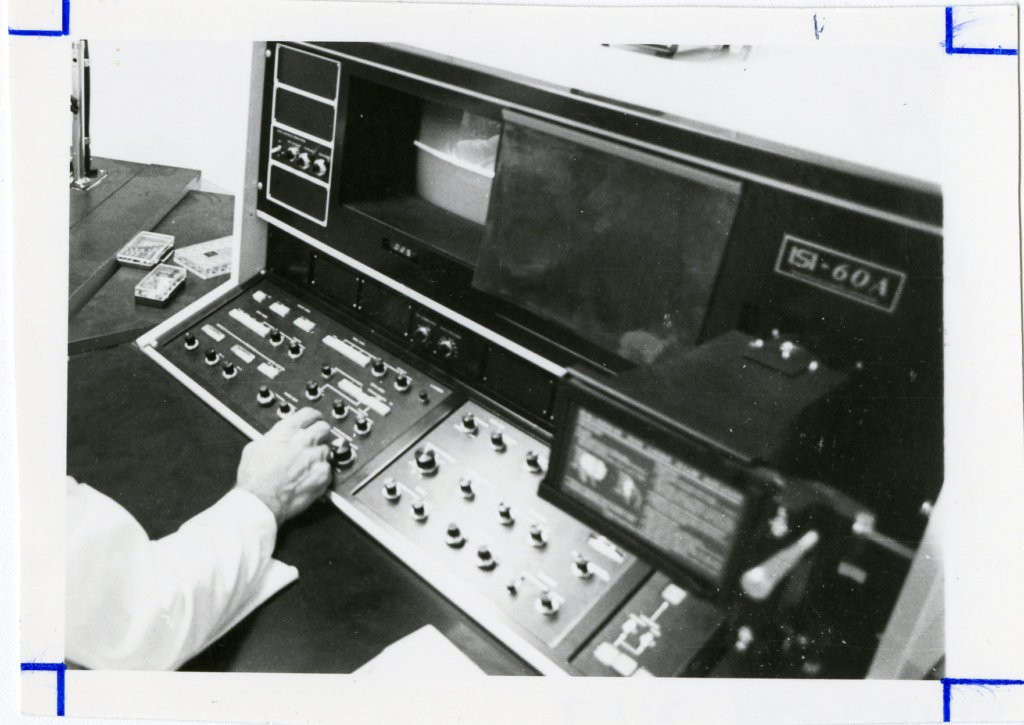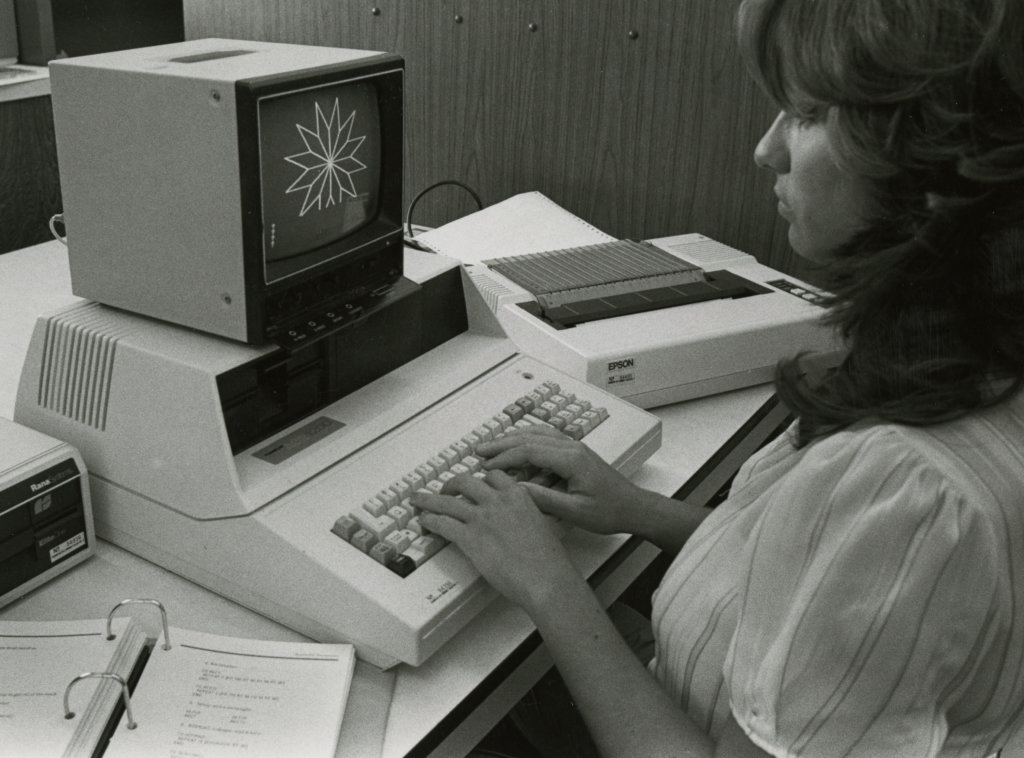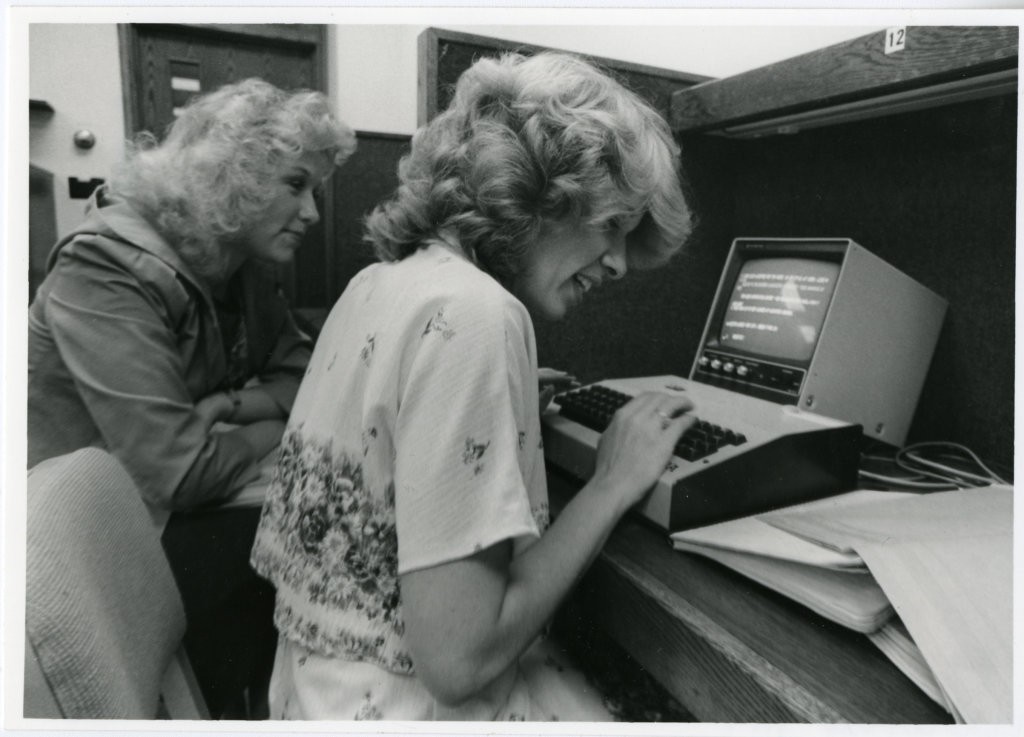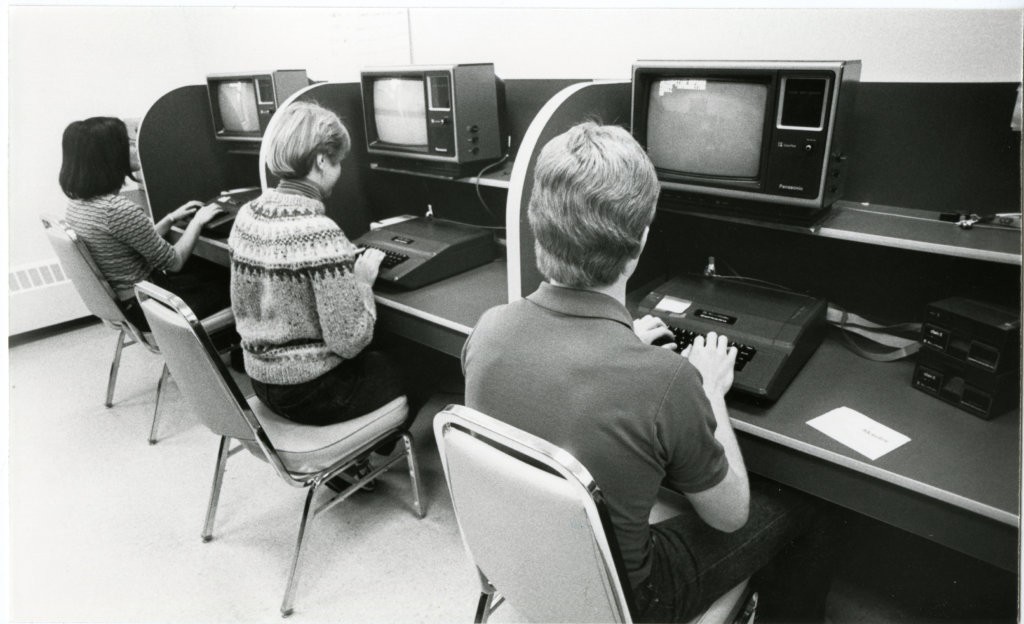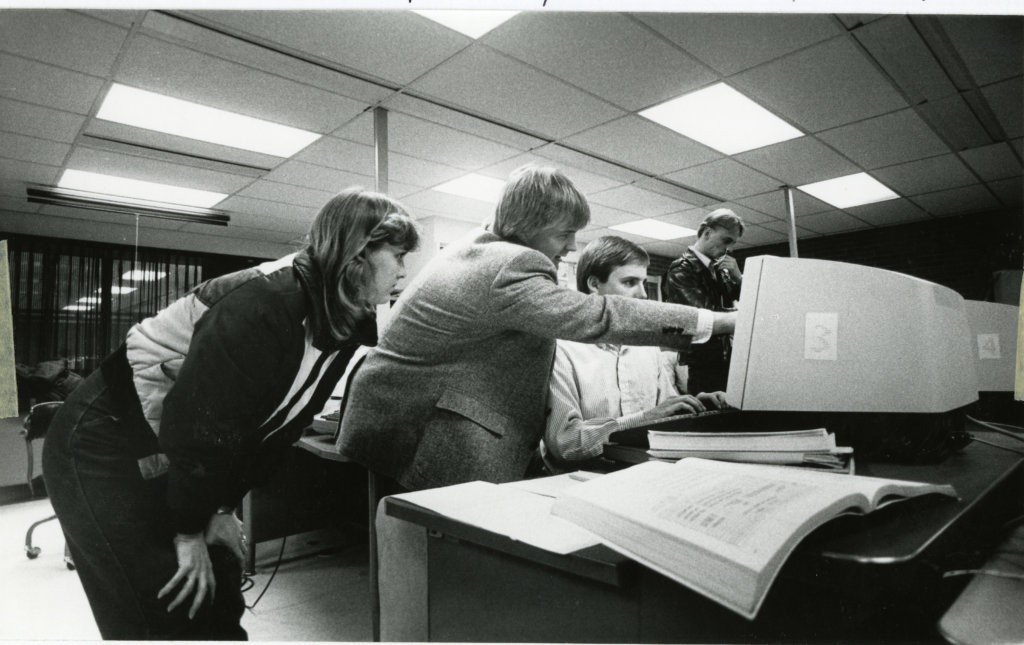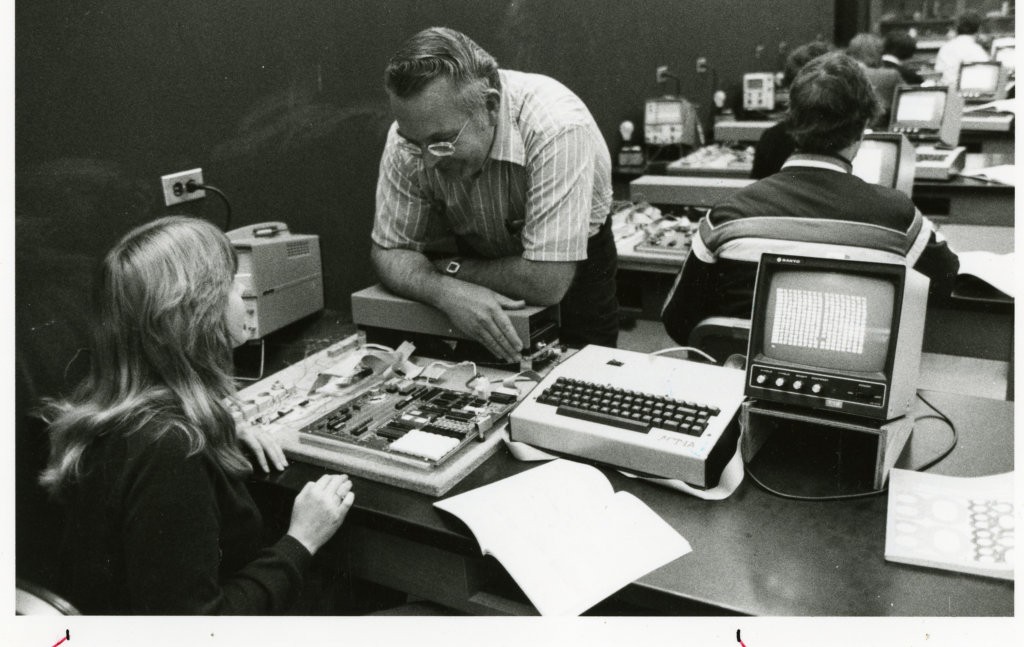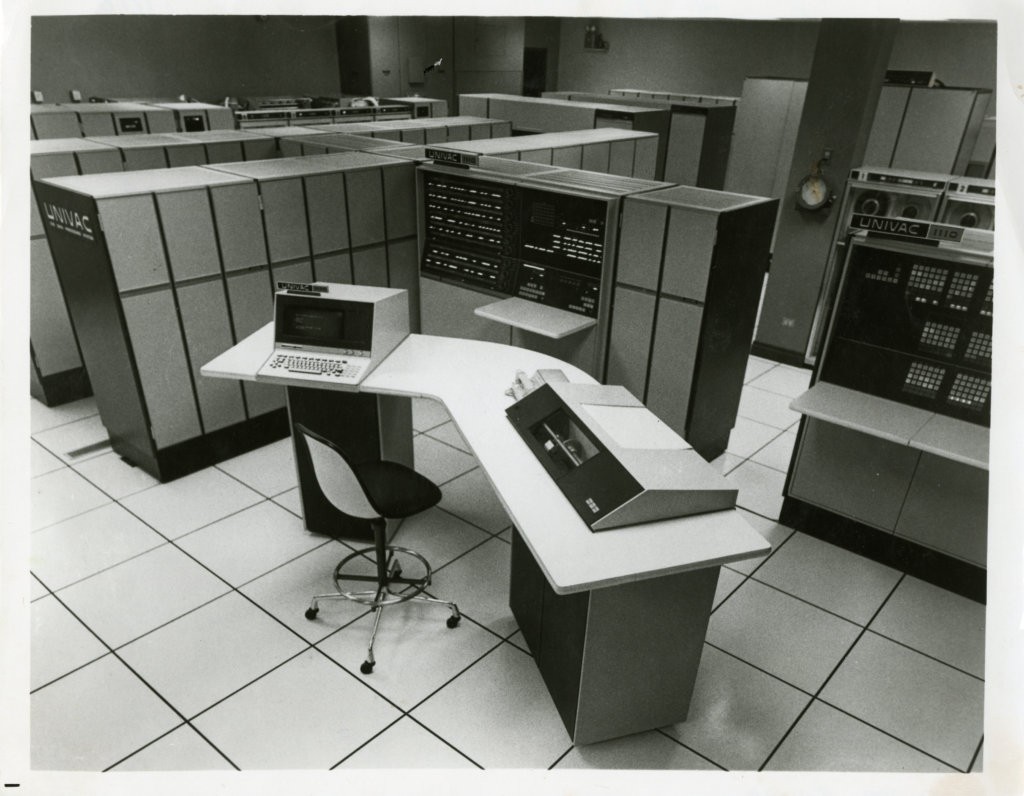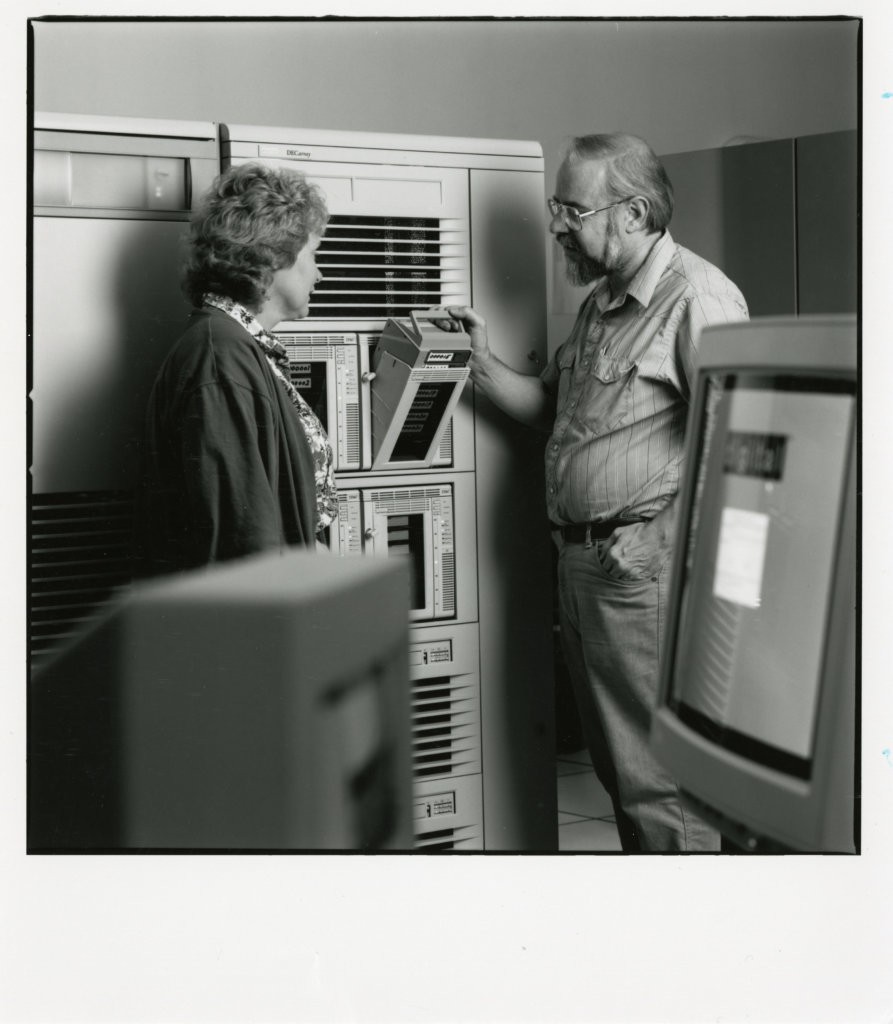Thirty-five years ago, mid-way through the third quarter of what was shaping up to be a boring Super Bowl blowout, a different kind of commercial burst onto the nation’s television screens and into its collective consciousness. Inspired by George Orwell’s 1984, a man, presumably Big Brother, was seen dictating to the masses from a giant screen. Suddenly a hammer-wielding woman emerged to destroy the screen. The message? Apple’s Macintosh computer would free people from the competition, particularly the then dominant IBM-style PC. The commercial only aired once, but it is considered a major turning point in the marketing of computers.
But the year 1984 wasn’t just a turning point for Apple. The year saw another milestone in the timeline of computer history, one that happened right here at Eastern Washington University: the opening of EWU’s Computer Science Department.
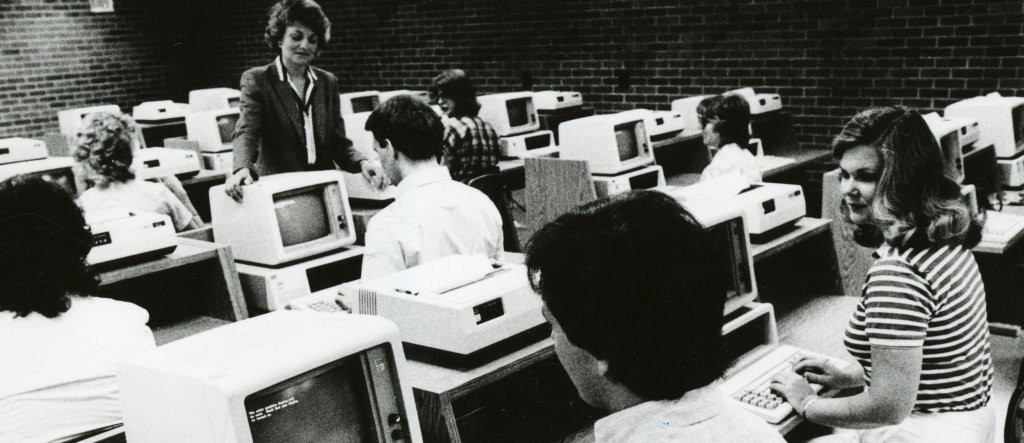
Steve Simmons has been with the department since the very beginning. Starting at EWU in the math department in 1969, Simmons began dabbling in programming and computer science more than a decade before the department even launched. He would go on to help found computer science at Eastern and teach CS students for almost 30 years before retiring. But because full-time retirement doesn’t suit Simmons well, he is still a fixture in the ever-changing department as an emeritus and quarterly professor and graduate student recruiter.
If you’re interested in a history lesson on the evolution of the department, Simmons is your guy. He’s able to speak of the many great successes of the department, even from the very beginning. “In ’85 our team amazingly won a national programming contest,” Simmons says. “Shocking for such beginners!”
The department has been going strong ever since, says Simmons. In the 1980s students worked on a NASA-funded project to improve the safety on space shuttle flights. In 1989 Eastern started offering a computer graphics program, which was the precursor to an animation program still available today. And in 2003 the department received state and federal funding to start its cyber security program.
While there are too many accomplishments to list here, Simmons says the more important one is easy to identify—the students themselves. Since 1984, EWU Computer Science has awarded degrees to some 3,000 students. CS alumni work at major companies like Microsoft and Amazon, government research and development labs like the Los Alamos National Laboratory and the MIT Lincoln Laboratory, and many more have formed successful startup and spinoff companies.
At the recent 35th anniversary party, guests of honor included two notable alumnae, Gina Sprint who teaches computer science at Gonzaga University and Rebecca Long who works as a DevOps engineer and serves as an advocate encouraging more women to study STEM-related fields. During the celebration, Simmons gathered Sprint and Long for the photo shown below. Simmons is holding a copy of The Spokesman Review from 2009 which marks the department’s 25th anniversary. Both the decade old newspaper photo, and the one taken today, symbolize the beginning and the future of computer science.
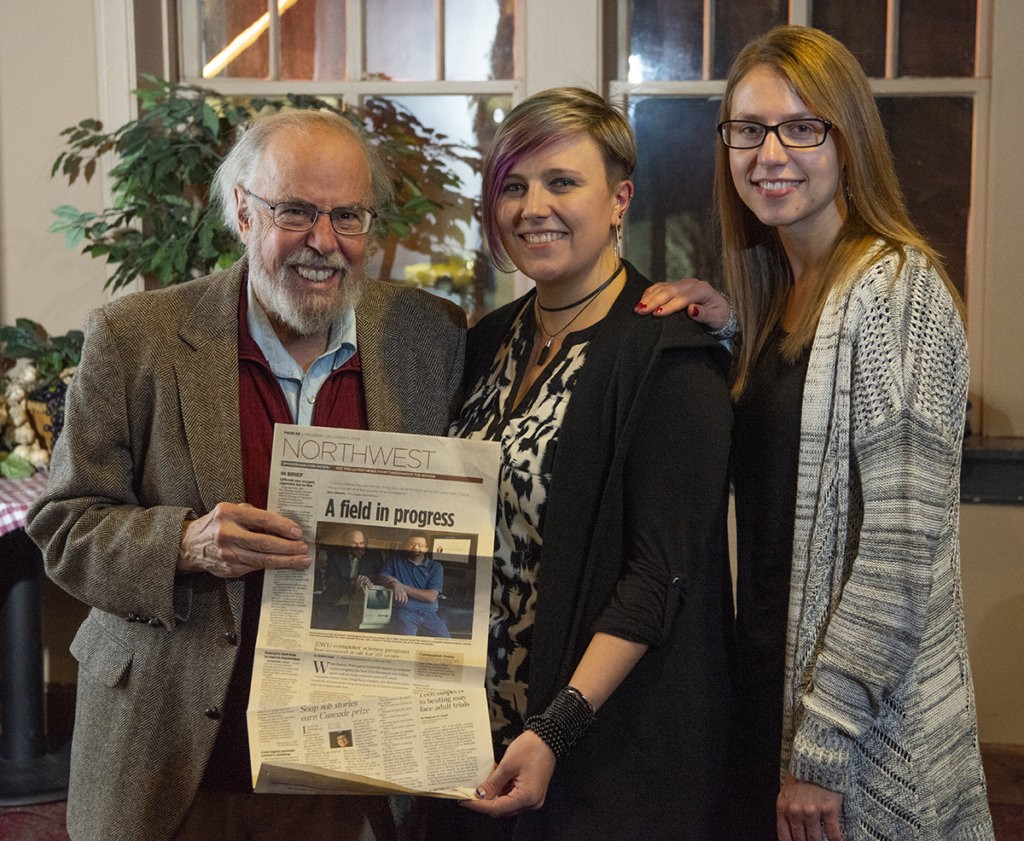
So, what is next for CS at Eastern? A lot, in fact. In the fall of 2020, Computer Science will relocate from the Cheney campus to the new Catalyst Building in downtown Spokane. This state-of-the-art, zero energy building will provide new classrooms and computer lab spaces, including two high-tech cyber security labs. The new location will also give students and faculty interactive environments to work directly with local business and industry experts.
The Catalyst-era will also introduce a new major at Eastern: computer engineering. This partnership between CS and engineering will introduce students to the study and development of computer hardware and software.
It is a department focused of serving the needs of the regional workforce, says Simmons. With the help of a professional advisory board, the faculty and staff are always focused on the future.
“The department is very gung-ho about keeping up and not getting behind the field,” he says.
